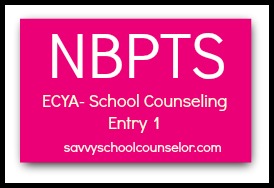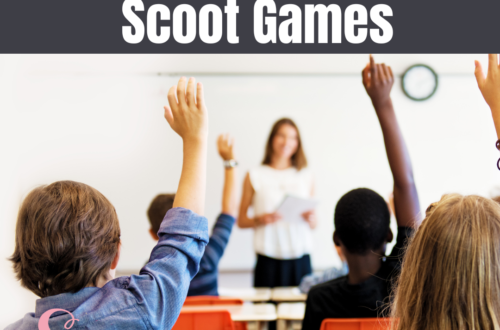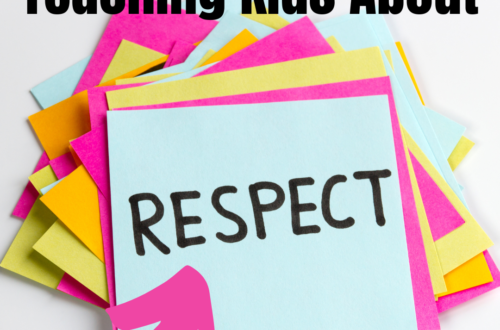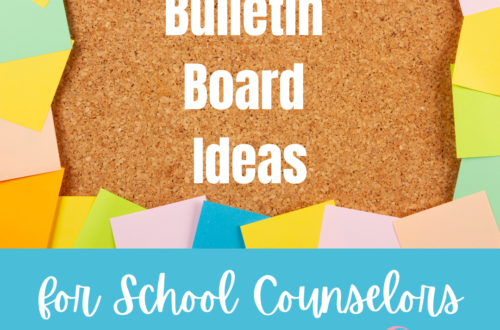National Boards: Planning for Entry 1
 As I mentioned in my post Connecting Entries to Standards, Entry 1 (Addressing Personal/Social Needs) involves a small group session that focuses on a critical need at your school. You’ll have to collect data to support the need for this group and use your analysis of the data to create the lesson. You will also be required to submit student work samples.
As I mentioned in my post Connecting Entries to Standards, Entry 1 (Addressing Personal/Social Needs) involves a small group session that focuses on a critical need at your school. You’ll have to collect data to support the need for this group and use your analysis of the data to create the lesson. You will also be required to submit student work samples.
First, identify a critical student need at your school. What ever you decide, you will want to include data to support the need. Really take some time to think about how your addressing this need will benefit your students. Be prepared to discuss why it is important and how you came to explore the issue at your school.
There are four sections including Instructional Context, Planning and Implementation, Analysis of Student Work, and Reflection. You are required to write no more than 12 typed pages. This means you may not even think about adding a thirteenth page with two sentences on it. If that happens, you’ll need to find something you can delete. Anything over the specified amount will not be scored. Be mindful of the suggested page lengths. These are great guides to help you gauge if you are writing too little or too much.
You will need to infuse every standard except Standard VIII into Entry 1. To start, read all of the questions associated with this entry. As you become familiar with what you are expected to write about, you will be able to connect the standards to your writing. Next, re-read through each standard and circle, underline, or star the areas that pertain to Entry 1. Be sure to note the number one beside each area so you will know exactly where to pull from for your writing. For example, the third question under Planning and Implementation asks, “How did you collaborate with the family(ies) and/or community resources in designing this small group session?” Which of the standards do you think is being addressed in this question? You’re correct if your answer is Standard VII: Collaboration with Family and Community. If you read under the sub-heading: Collaboration with Families, you will see it says the following:
“Accomplished school counselors know that families are among the strongest allies in the development of students. Involvement with families helps school counselors learn about students’ backgrounds as well as parental expectations and aspirations. School counselors encourage families to become a part of school life by including them in discussions and plans for students’ academic, career, and personal/social development.”
So, as you are answering this question, refer to this section of the standard and include some of the language in your writing. Write about what you did to collaborate, and mention that you know that families are strong allies when it comes to the development of students. Or, talk about how you “included parents in the discussion” of your small group plans.
Your Turn
The ninth questions under Planning and Implementation asks, “What efforts have you made within this small-group session to consider fairness, equity, and diversity?” Which standard should you refer to? Can you find at least two areas of this standard to infuse into your writing as you answer this question?
Every question won’t necessarily be connected to a standard, but by the time you finish your twelve pages of writing, the ten standards for Entry 1 should all be addressed.
Entry 1 will also require you to write about the counseling theories in which your small-group is grounded. You will need to “discuss the theories and specifically how they relate to your small group session.”
Something I also want to mention here is this: You will sometimes feel as though you are writing something you answered previously. Ignore this feeling, and answer each question separately and completely. An example for this entry would be the question under Planning and Implementation that asks you to describe the activity that took place during the small-group session that prompted the student work. Later, under Analysis of Student Work, you have a question that asks, “What was the assignment that prompted the completion of the student work?” Sound the same? The first question is asking what led up to your assigning the task to the students. The second question is asking what the assignment actually was. If you’re not careful, you might think questions are the same when in fact, they aren’t. It is true, however, that you will sometimes find yourself repeating things you’ve already written. Just do it! Answer each question thoroughly and restate anything that is necessary.
Stick around! In my next NBPTS post, I will continue to discuss Entry 1. As always, I’d love to hear from you. Please leave comments below with questions you have about this entry. I will do my best to address them in my next NBPTS post.




5 Comments
lacey
What pieces of data are useful in determining critical needs that can be addressed with a small group? For example, I know I will do a personal/social small group on stress/anxiety for 4th grade as I have had several students self-refer and referred to me by parents for this issue, but there is no data to show that there is a critical need.
Vanessa
Hi, Lacey! You can create surveys to get your data. You may choose to survey parents, teachers, or students. Your self-referrals can also be included as a part of your evidence that there is a need as well.
Penny
HI! Thank you for your blog 🙂 I am currently working on the revised NB for school counselors, and am a little confused about your statement about tying analysis of data for the lesson I’m submitting to student work. I don’t think I tied my data to that particular lesson as I allowed my students to guide what my lesson plans would be based on their needs at the time (I work at the high school level). The student work I’m submitting pertains to the need, but not to data collection. Wouldn’t my data collection to determine overall need and the subsequent lesson/student work coincide? I’m nervous about not submitting exactly what they want. Thank you for your time!!!
Vanessa
Hi, Penny. Thanks for your post. Please email me and give me the statement you are referring to so I can make sure I’m understanding your question. vanessa @ savvyschoolcounselor.com
Pingback: